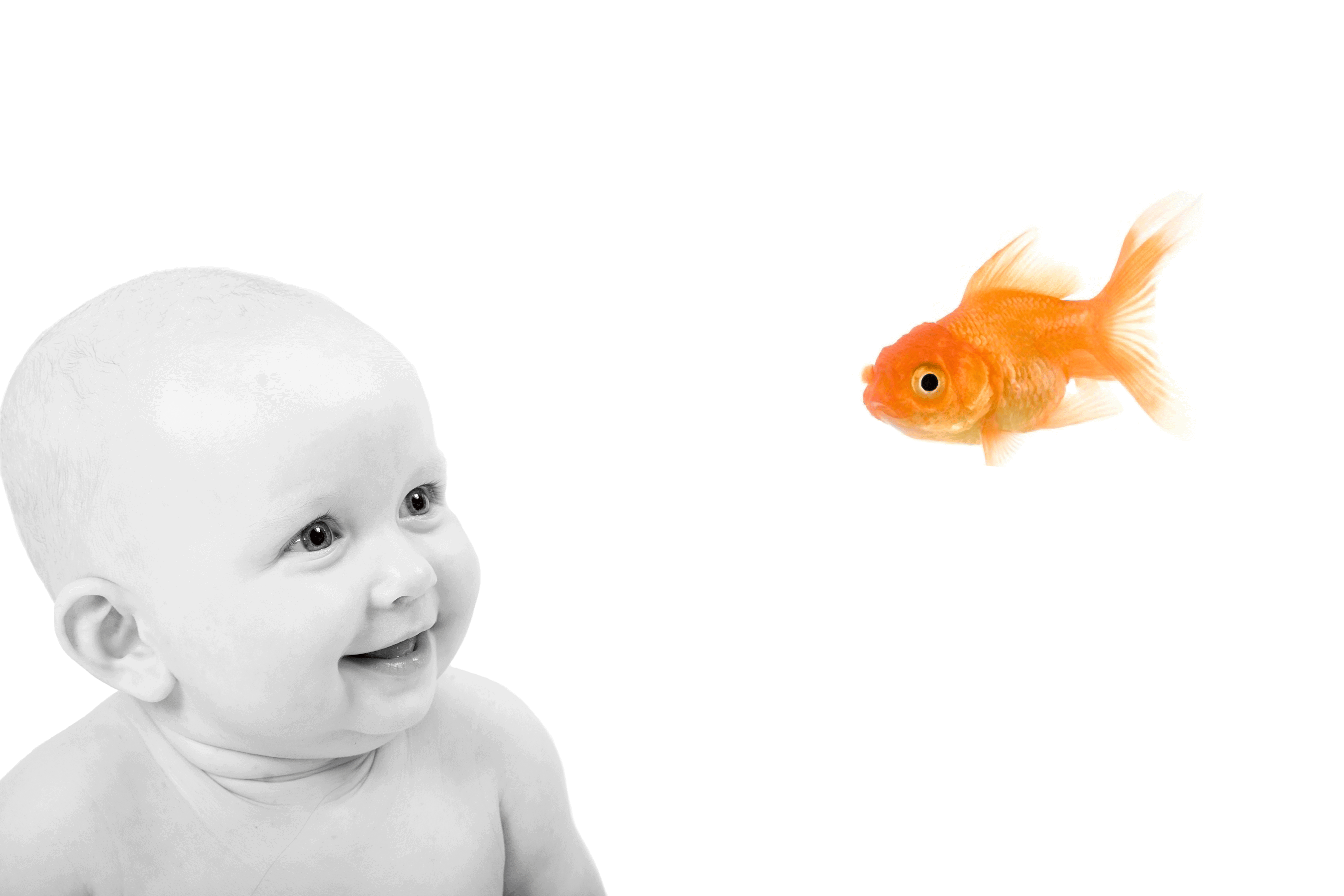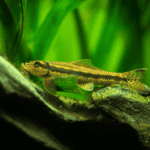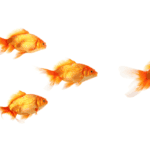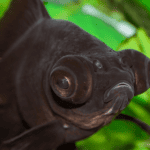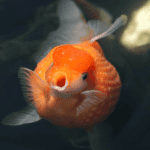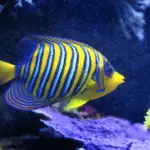Intricately captivating and gracefully charming, baby goldfish are undoubtedly a sight to behold. Their enigmatic existence leads many to a path of learning, care, and fascination.
The Fascinating Origins of Goldfish
Unveiling the tale of goldfish begins in ancient China. Originally bred for food, goldfish were quickly recognized for their vibrant beauty, leading to their adoption as ornamental pets by Chinese nobility.
Gradually, their popularity spread across continents, making them beloved pets worldwide. Today, they are cherished for their mesmerizing hues, graceful movements, and the soothing ambiance they bring to any setting.
Understanding the Baby Goldfish Lifecycle
Bearing witness to a goldfish’s lifecycle is a delightful and educational journey. Understanding it can provide essential insights into the care and development of baby goldfish.
- Spawning: This is when the goldfish lay eggs. A single female goldfish can produce up to a thousand eggs.
- Hatching: Eggs hatch into baby goldfish, called “fry,” within 48-72 hours under favorable conditions.
- Growing: During the initial weeks, the fry experience a rapid growth phase where they require a high nutrient diet and appropriate water conditions.
- Maturity: By the age of one, goldfish are typically considered mature and capable of reproduction.
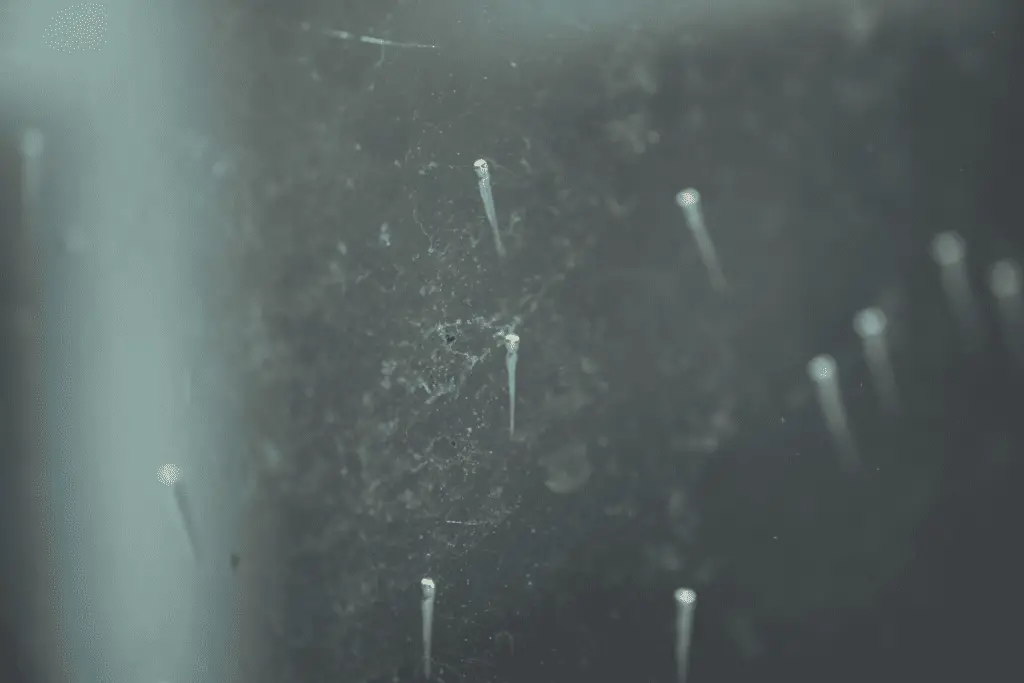
The Enchanting Appearance of Baby Goldfish
Baby goldfish are visually distinctive from their mature counterparts. When they first hatch, goldfish fry are tiny and bear little resemblance to the flamboyantly colored adults.
Their initial coloration is a subtle, protective, olive-brown hue. This helps them camouflage against potential predators in their aquatic environments. As they mature, however, their real colors start to emerge, resulting in a stunning display that adds life to their surroundings.
Proper Care for Baby Goldfish
Caring for baby goldfish is a commitment that demands diligence and knowledge. Here are key considerations for optimal care:
- Feeding: Baby goldfish require specialized diets, which can include infusoria, brine shrimp, or specially formulated fry foods. Feed them several times a day in small amounts.
- Habitat: Keep the water temperature between 68-72°F. Ensure regular water changes to maintain cleanliness and adequate oxygen levels.
- Health Monitoring: Watch for any signs of distress, like lethargy, loss of appetite, or strange swimming behaviors. Early detection of issues can be crucial to their survival.
Goldfish Breeding: An Art in Itself
Breeding goldfish is an art form that requires meticulous preparation. Before embarking on this journey, ensure that your goldfish are mature, healthy, and of opposite genders.
Maintaining a balanced diet, appropriate water temperature, and comfortable living conditions are vital to encourage breeding. Once the eggs are laid, they should be separated from adult fish to protect them from being eaten.
The entire process may seem daunting initially, but with patience and consistency, the sight of your own brood of baby goldfish can indeed be a rewarding experience.
The Importance of Appropriate Tank Size
When planning for a goldfish aquarium, the tank’s size is a crucial factor that can greatly impact your baby goldfish’s health and growth. Despite their small size at birth, goldfish are known to grow significantly, and providing ample space is key to their wellbeing.
A small tank can lead to stunted growth and a compromised immune system. Experts recommend a minimum of 20 gallons for the first goldfish and an additional 10 gallons for each subsequent goldfish. This allows ample space for them to swim and grow, contributing to their overall health.
Social Aspects of Baby Goldfish
Goldfish, despite their peaceful demeanor, are social creatures. They thrive in environments where they can interact with others of their kind.
Fostering such an environment enhances their well-being and stimulates natural behavior. However, avoid overcrowding, as it can lead to stress and health issues. Striking a balance between companionship and space is vital for a thriving goldfish community.
The Role of Lighting in Baby Goldfish Development
Lighting plays a vital role in the life of a baby goldfish. It not only facilitates their feeding routines but also helps to regulate their internal biological clock.
While natural light is the best source, it’s often not enough, especially for indoor aquariums. Hence, artificial lighting can be used to supplement natural light. However, ensure it mimics the natural day-night cycle to avoid disrupting the baby goldfish’s routine and stress levels.
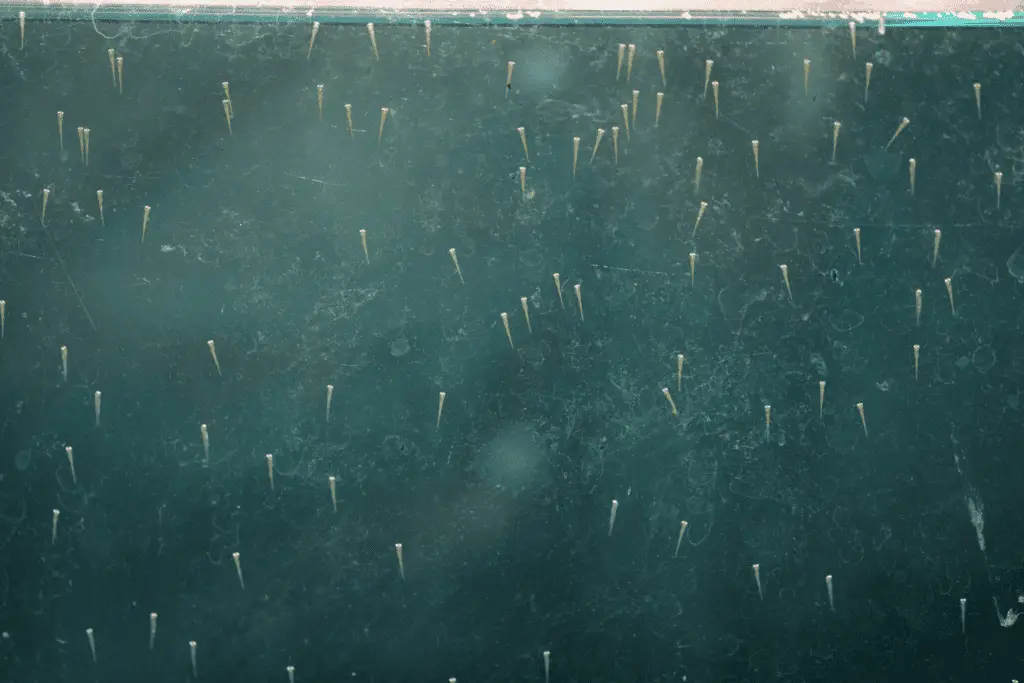
Ensuring Proper Water Quality
Water quality significantly influences the survival and growth of baby goldfish. Factors such as pH, temperature, ammonia, nitrate, and nitrite levels all play a role in determining the water’s suitability for your goldfish.
Routine water changes and monitoring of these factors are essential. A water testing kit can be a useful tool to keep these factors in check. Regular water changes, usually 10-20% weekly, are recommended to maintain optimal water conditions.
Handling Common Baby Goldfish Diseases
Despite your best efforts, baby goldfish can be prone to certain diseases. Common ailments include Ich (white spot disease), fin rot, and swim bladder disease. Early detection and treatment are crucial to ensure your baby goldfish’s survival.
Maintaining a clean tank, feeding a balanced diet, and regularly observing your goldfish’s behavior can help prevent many of these diseases. If a disease does occur, consult with a fish health expert or a pet store for appropriate treatments.
Conclusion
Baby goldfish are indeed a wonder of nature, their life cycle offering a captivating glimpse into the natural world. Caring for them can be an enriching journey, blending a delicate balance of knowledge, patience, and diligence. Above all, the baby goldfish experience can teach us profound lessons in responsibility and the beauty of life, one little fry at a time.
Frequently Asked Questions
Q1: How long does it take for baby goldfish to reach maturity?
A: Typically, a goldfish is considered mature at the age of one. However, it’s worth noting that their growth rate can be influenced by factors like diet, water conditions, and the size of their habitat.
Q2: What should I feed my baby goldfish?
A: Baby goldfish require a high nutrient diet for optimal growth. You can feed them infusoria, brine shrimp, or specially formulated fry foods.
Q3: How often should I change the water in my goldfish tank?
A: Regular water changes are crucial for maintaining optimal water conditions. A weekly water change of 10-20% is generally recommended, but this can vary depending on the tank’s size and the number of fish.
Q4: How can I tell if my baby goldfish is stressed or unwell?
A: Signs of distress in goldfish include lethargy, loss of appetite, unusual swimming patterns, and changes in color. If you observe any of these signs, it’s essential to seek advice from a pet store or fish health expert.
Q5: What is the recommended tank size for my baby goldfish?
A: Even though baby goldfish start small, they require ample space to grow. Experts recommend a minimum of 20 gallons for the first goldfish, and an additional 10 gallons for each subsequent goldfish.
Q6: Can I keep other fish species with my baby goldfish?
A: While goldfish are generally peaceful, they are best kept with other goldfish. Their dietary needs, water temperature requirements, and swimming habits may not align with other fish species.
Q7: What are some common diseases in baby goldfish and how can they be treated?
A: Common diseases include Ich (white spot disease), fin rot, and swim bladder disease. Early detection is crucial for treatment. Maintaining a clean tank and a balanced diet can prevent many of these diseases. In case of a disease, consult with a fish health expert or a pet store for appropriate treatment.
